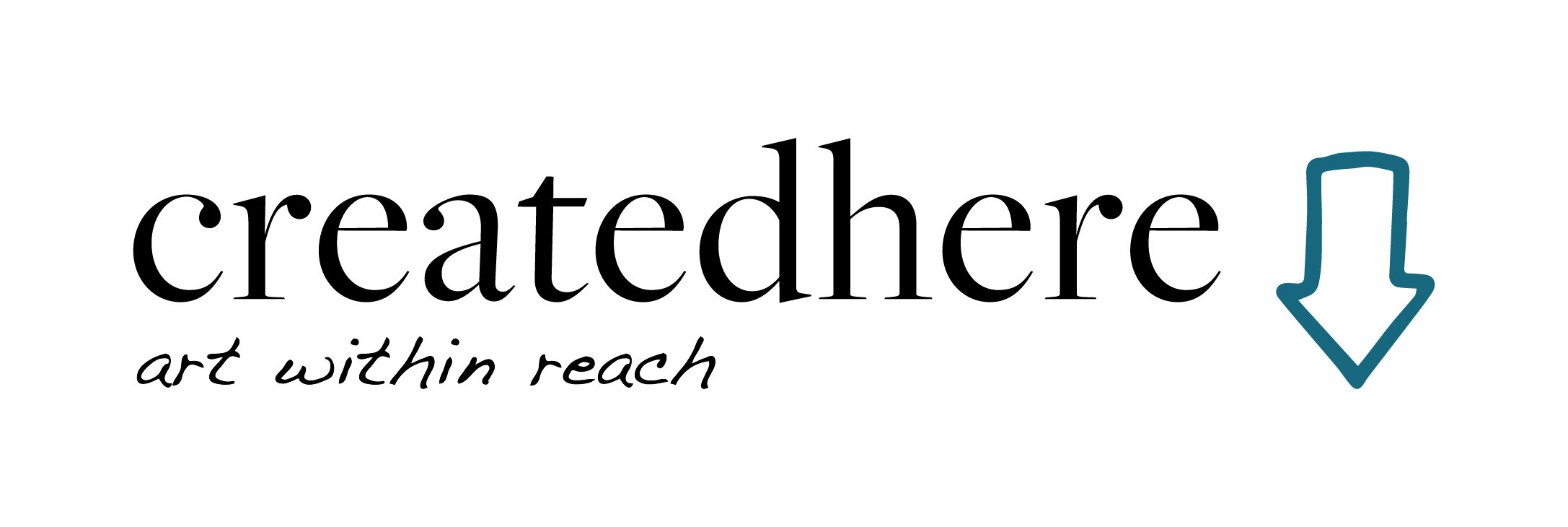The Ecology of Objects by Emilie Grace Lavoie
My research in the studio is a meditative exercise in which my hands take the lead in the making. This multi-tiered process demands attention through constant labour, a caring in the production of the work through various stages of preparation, making, drying, manipulation, and firing. The work involved in the process of ceramics is similar to that of growing a garden. It requires cultivation, tending, and care.
Historically, women’s creative activities have been associated with craft and skill-based knowledge - processes that involved time, dedication and dexterity. In the studio, I do my best to stay disciplined, hard-working, and focused on creating works that are compelling. These qualities have been instilled in me by my mother who often sewed when I was growing up. She is the one who taught me that through time, hard work and care, something as simple as a piece of fabric can get transformed into a treasured garment.
My understanding of artistic labour is dependent on a rigorous approach in which I push myself physically in order to feel the physical consequences of this labour, and to measure its impact on my daily life. For me, these efforts are necessary as they connect my body intimately to the work I am producing. It provides the means of understanding my participation in the production of the work as part of the “ecological cycle” of the studio.
Clay is a medium unlike almost any other sculptural process, as you cannot leave it for several days and return to your work without the consistency of the clay having changed dramatically. You simply have to be ‘on it’. My connection to ecology starts in my studio, as I treat my medium (clay) as a living matter that must be cared for in order to be transformed into an object.
Organic marine forms have long been a source of inspiration for my practice. I am always intrigued to discover and create something unfamiliar that comes from a ‘different world’. I start building my pieces with a general idea, without precisely knowing what the overall shape will be. I integrate accumulations of textures, elements, and forms. That arrangement of elements suggests the cohabitation of multiple living things within the same piece.
As a means to further challenge my practice’s approach, I work with recycled clay; something I had been taught ‘not to do.’ Recycled clay is the leftover of everyone’s clay in the studio. Different clay bodies lose different amounts of water while drying, so by mixing different bodies of clay together, it loses elasticity while drying and can result in cracks in the final piece. By using this clay, the glaze can provoke unknown reactions which allow the medium to transform unexpectedly. In the process of using recycled clay, my work becomes more fragile, making the unexpected a more integral part of the final product. For example, in my work Symbiose, its body cracked during the firing. The piece survived but transformed, adapting and shifting into its final shape. It was alive!
The transformation of Symbiose, determining its own shape and form, relates to the theoretical writing of political theorist Jane Bennett who argues that things or objects can contain a vitality that exceeds their materials limitations. With her term ‘thing-power’, Bennett refers to how objects have their own agency somewhat separated from the maker or from humankind. My chosen medium behaves like an extension of my body, navigating between being independent and being determined by myself as its creator. But it is this quasi-independence that has potential to signal to my art that we are not autonomous, our environment is active and has a vitality we can not fully control.
My studio work is focused on ways to think about an ecosystem, dependence, and fragility. In my process, I often forget about my own ecology (i.e. my health), only to realize how that local ecosystem is as vulnerable and fragile as my work. In a recent health complication, I experienced how one small thing can change everything. What my body was telling me, my practice was effectively teaching me. In a sense, my outside world influences my inside world and vice-versa.
www.emiliegracelavoie.com



